Medicine details
| Image |  |
| Name | Sandostatin SC 0.05 |
| Dosage | Injection |
| Generic Name | Octreotide |
| Classes |
Peptides/Polypeptides Hormone Inhibitor |
| Diseases | |
| Company | Novartis (Bangladesh) Ltd. |
Drug Package Details
| Strength | 0.05 mg |
| Storage Condition | |
| Origin Country | Bangladesh |
| Commercial Pack | 5 |
| Price per pack | ৳ 7,000.00 |
| Cost per pack | ৳ 6,160.00 |
| Package unit | 0.05 mg amp |
| Price per unit | ৳ 1,400.00 |
| Cost per unit | ৳ 1,232.00 |
| Discount | 0 |
| Coupon | |
| Remarks |
Octreotide
Octreotide is a peptide hormone analog. Octreotide has pharmacologic actions that are similar to those of the natural hormone somatostatin. It inhibits growth hormone, glucagon, and insulin even more effectively than somatostatin. It suppresses the LH response to GnRH, decreases splanchnic blood flow, and inhibits the release of serotonin, gastrin, vasoactive intestinal peptide, secretin, motilin, and pancreatic polypeptide, just like somatostatin.
Octreotide is indicated in the following conditions-
- Acromegaly
- Carcinoid Tumors
- Vasoactive Intestinal Peptide Tumors (VIPomas)
Acromegaly
Subcutaneous (s.c.) injection of 50 to 100 micrograms every 8 or 12 hours at first. Dosage should be adjusted monthly based on GH and IGF-1 levels (target: GH 2.5 ng/mL; IGF-1 within normal range) and clinical symptoms, as well as tolerability. The optimal daily dose for the majority of patients will be 300 micrograms. A daily maximum dose of 1500 micrograms should not be exceeded. Patients on a stable dose of Octreotide should have their GH and IGF-1 levels checked every 6 months.
If no meaningful reduction in GH levels or improvement in clinical symptoms is achieved within 3 months of starting Octreotide treatment, therapy should be discontinued.
Carcinoid Tumors
During the first two weeks of therapy, the recommended daily dosage of Octreotide is 100-600 mcg/day in 2-4 divided doses (mean daily dosage is 300 mcg). The median daily maintenance dosage in the clinical studies was approximately 450 mcg, but clinical and biochemical benefits were obtained in some patients with as little as 50 mcg, while others required doses up to 1500 mcg/day. However, there has been little experience with doses above 750 mcg/day.
During the first two weeks of therapy, daily dosages of 200-300 mcg in 2-4 divided doses (range 150-750 mcg) are recommended to control disease symptoms. Dosage can be adjusted to achieve a therapeutic response on an individual basis, but doses above 450 mcg/day are usually unnecessary.
VIPomas
During the first two weeks of therapy, daily dosages of 200-300 mcg in 2-4 divided doses (range 150-750 mcg) are recommended to control disease symptoms. Dosage can be adjusted to achieve a therapeutic response on an individual basis, but doses above 450 mcg/day are usually unnecessary.
The most common adverse reactions, occurring in patients are:
- Acromegaly: diarrhea, cholelithiasis, abdominal pain, flatulence
- Carcinoid Syndrome: back pain, fatigue, headache, abdominal pain, nausea, dizziness
- Abnormalities in the gallbladder are possible. Periodically check.
- It is possible to experience hypoglycemia or hyperglycemia. Glucose monitoring is advised, and diabetes treatment may need to be adjusted.
- Hypothyroidism is a possibility. Regularly check your thyroid levels.
- Bradycardia, arrhythmia, or conduction abnormalities are all possibilities. In high-risk patients, use with caution.
Contraindication
Contraindicated in patients hypersensitive to octreotide.
None known.
None known.

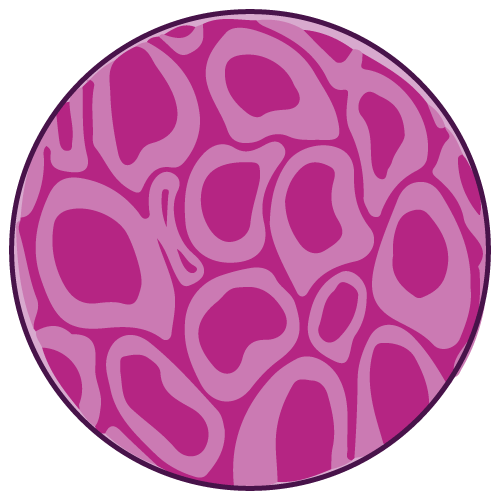
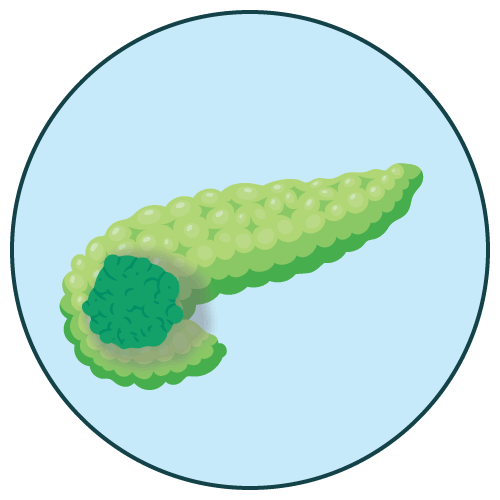

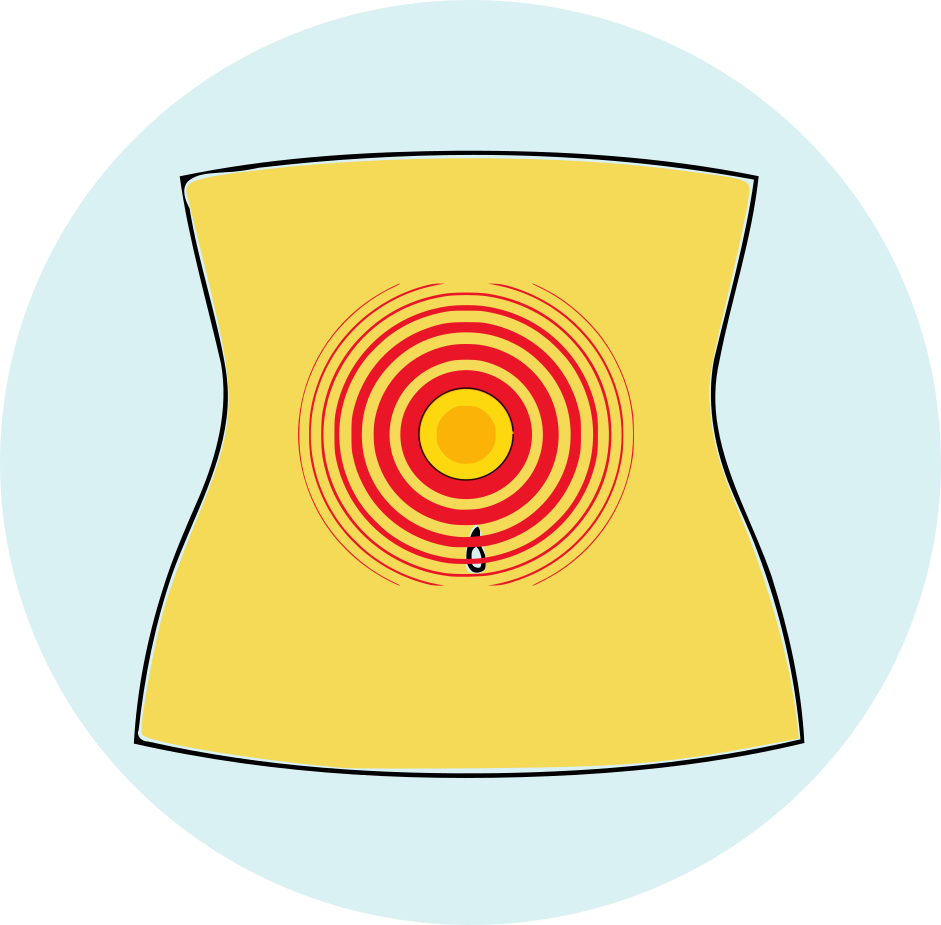

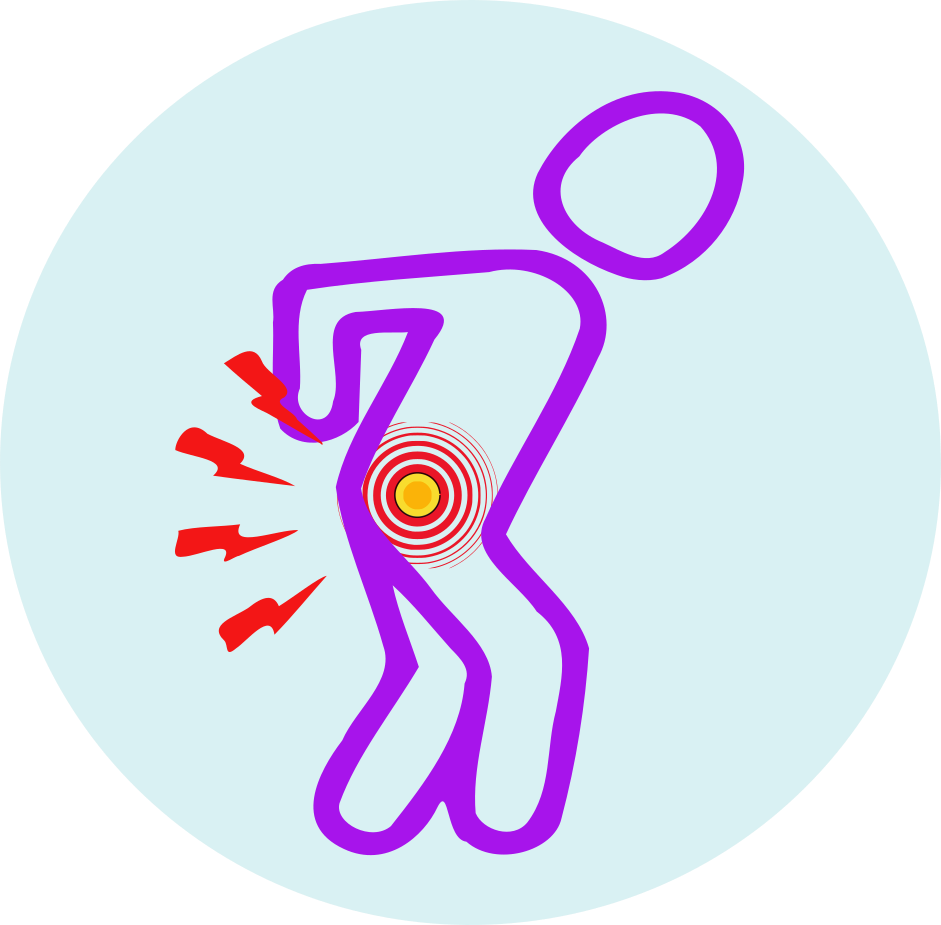
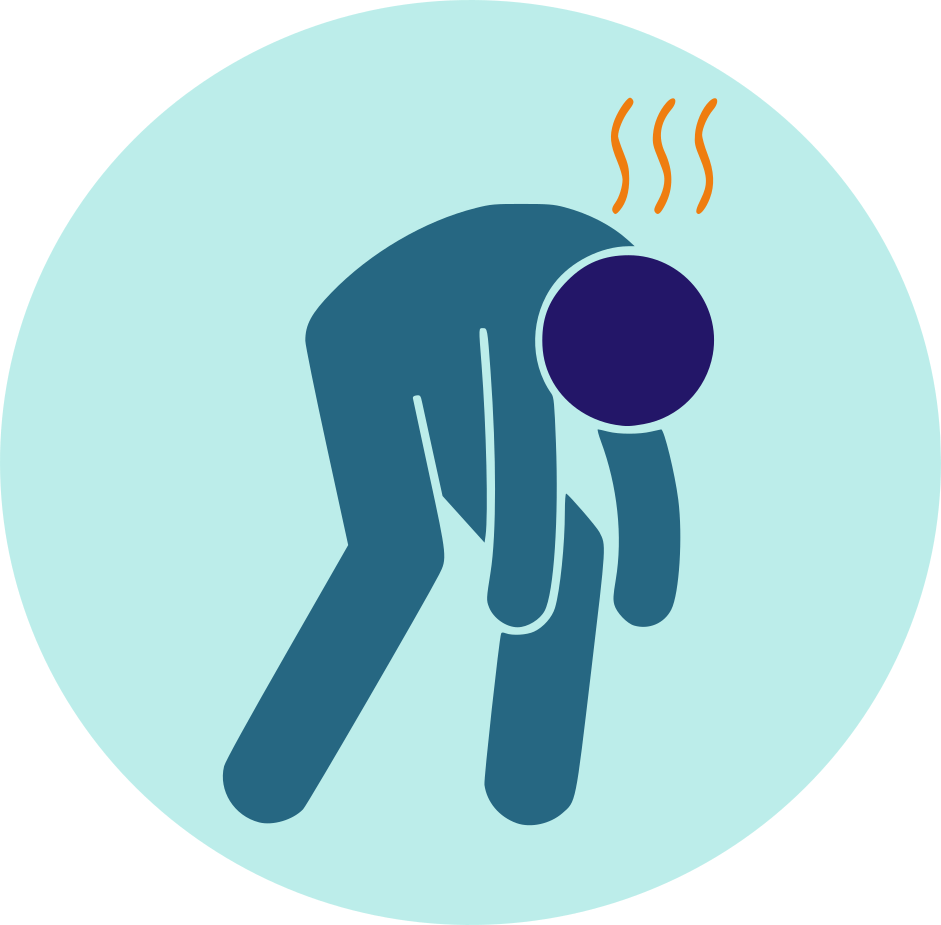
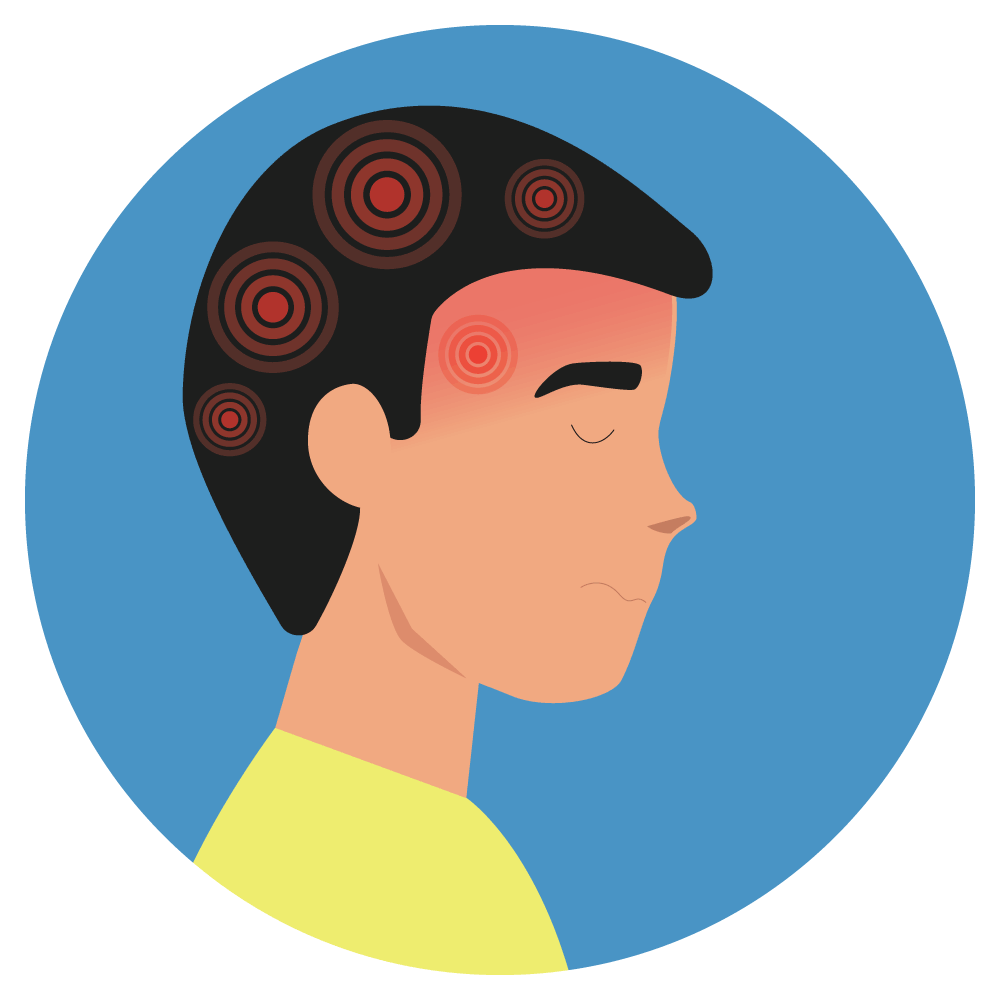


 Bangla
Bangla English
English